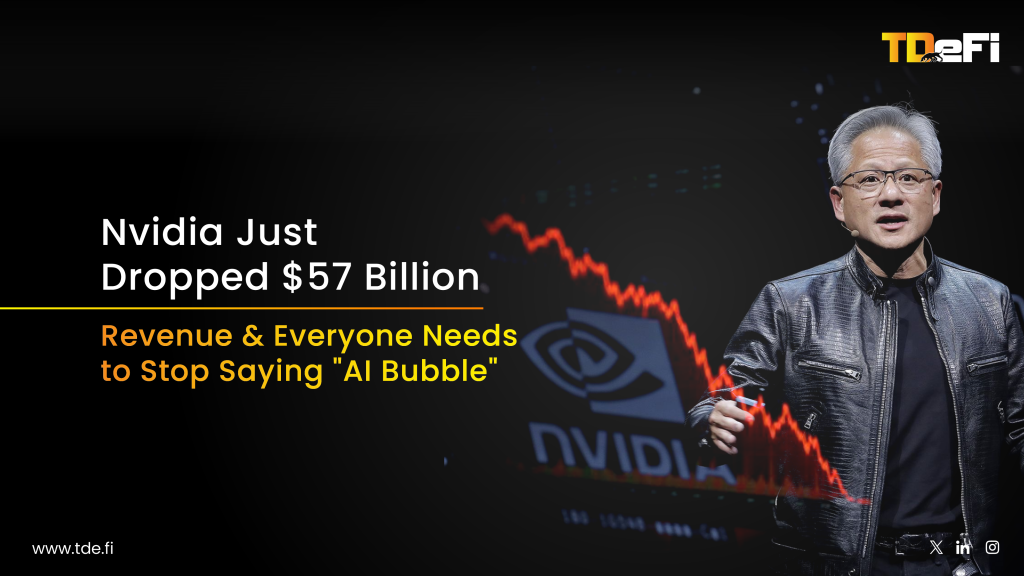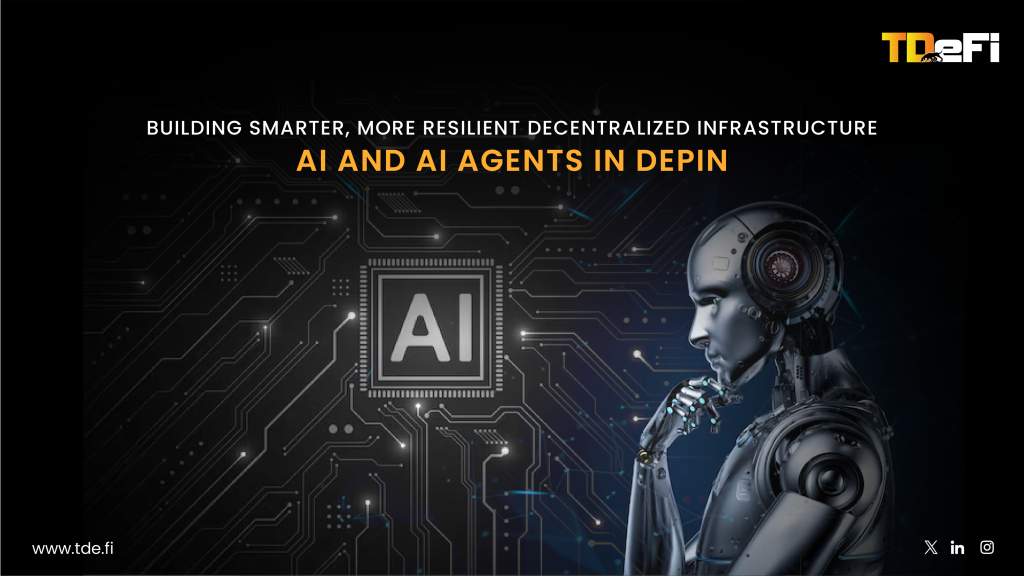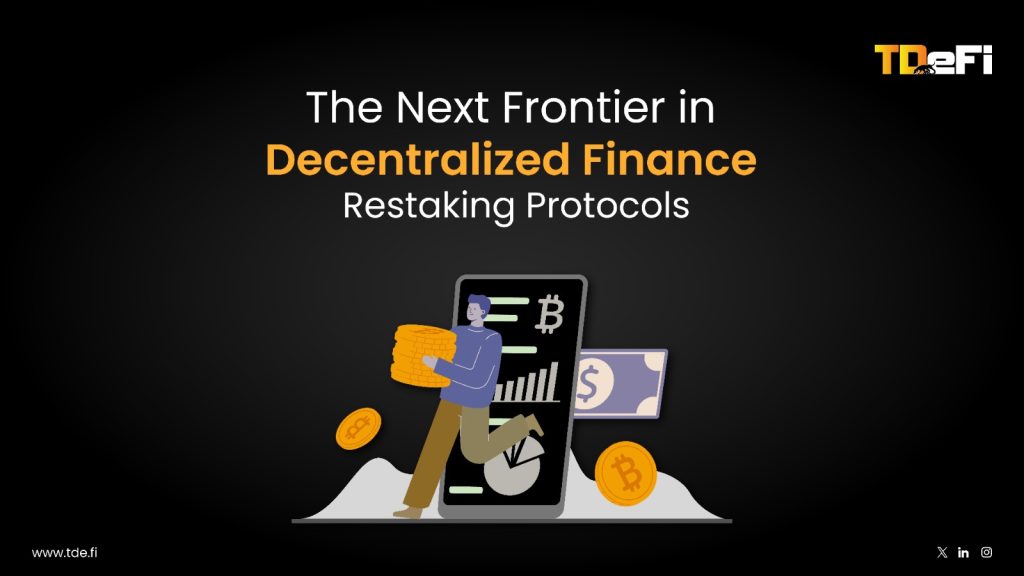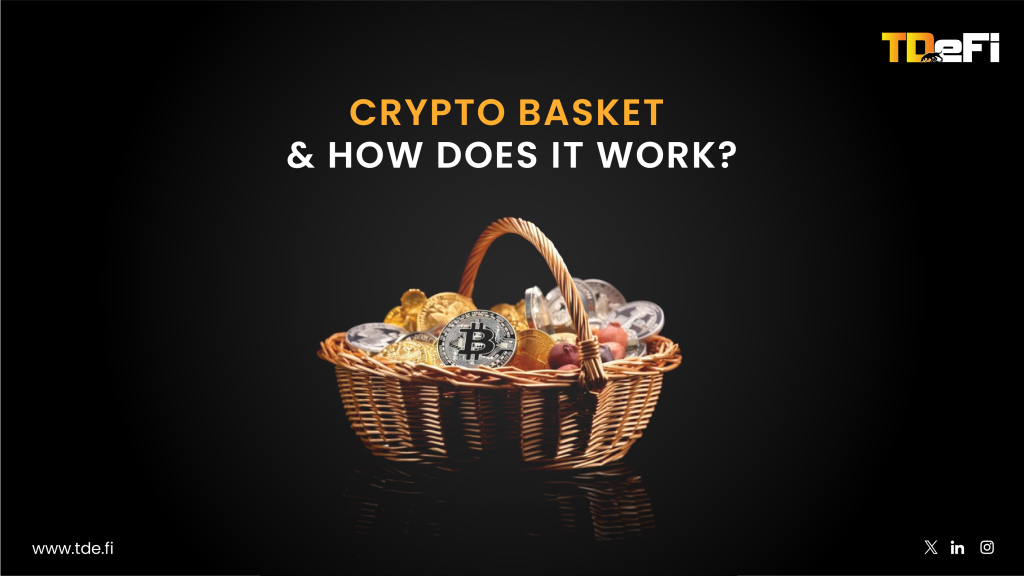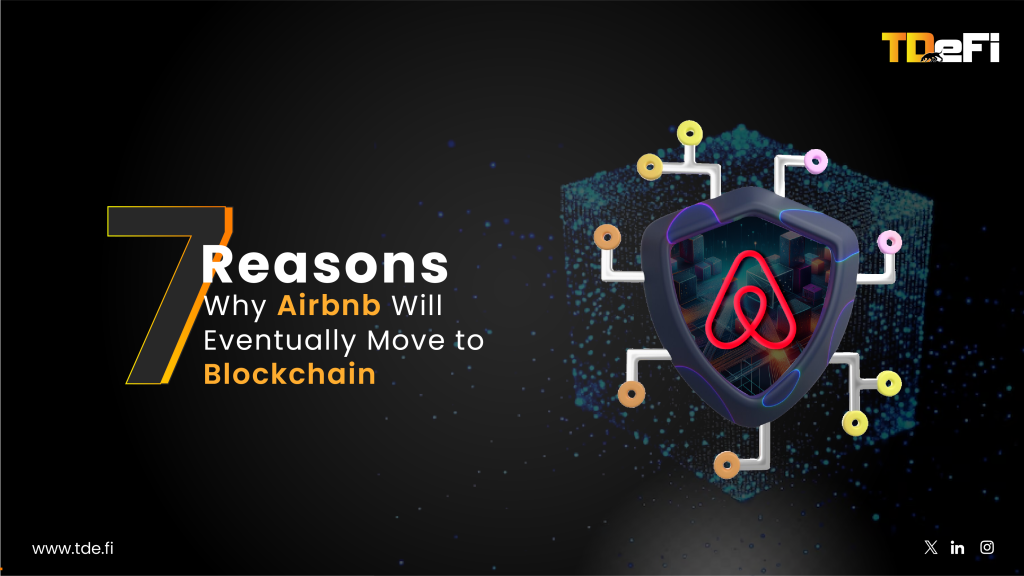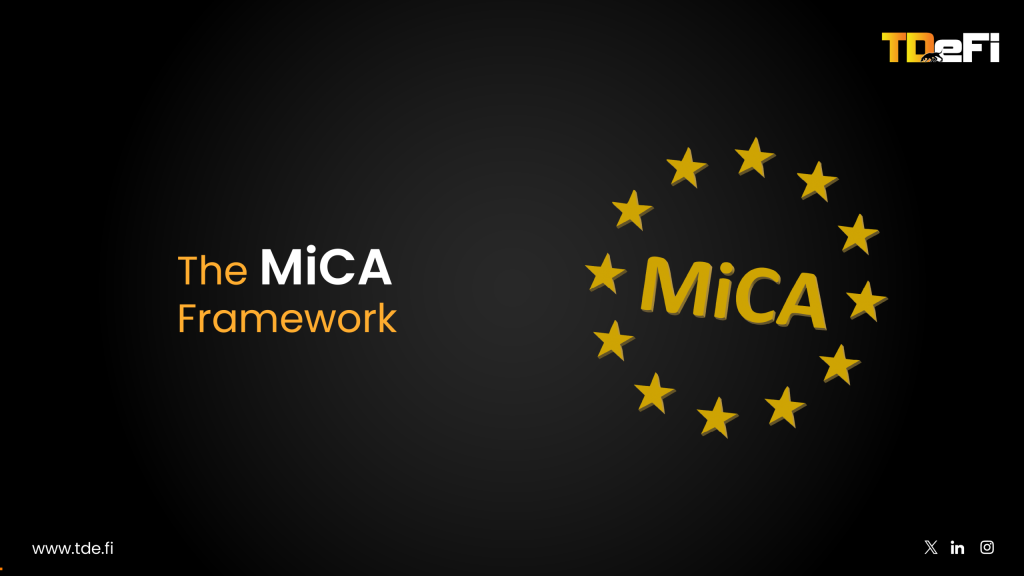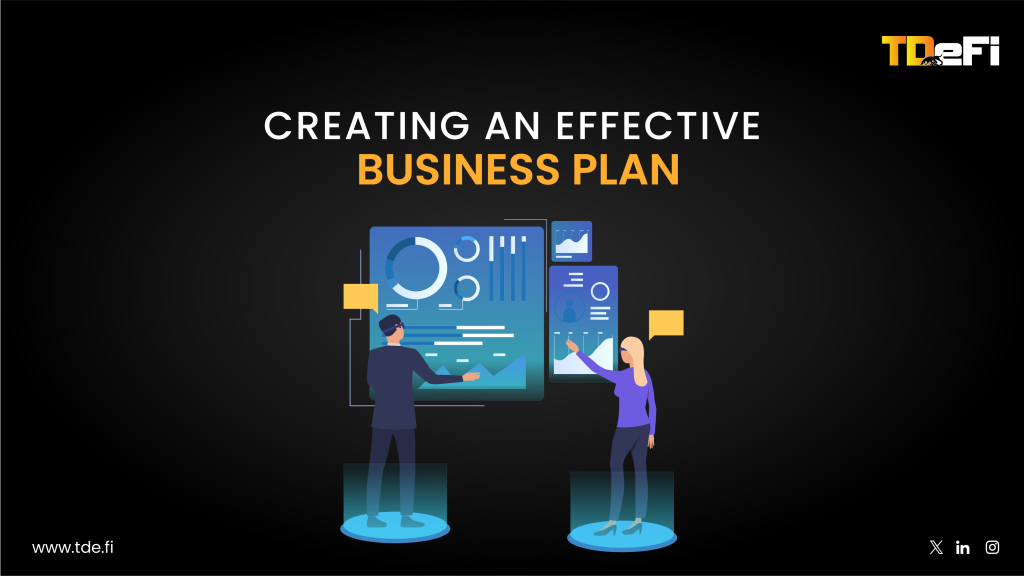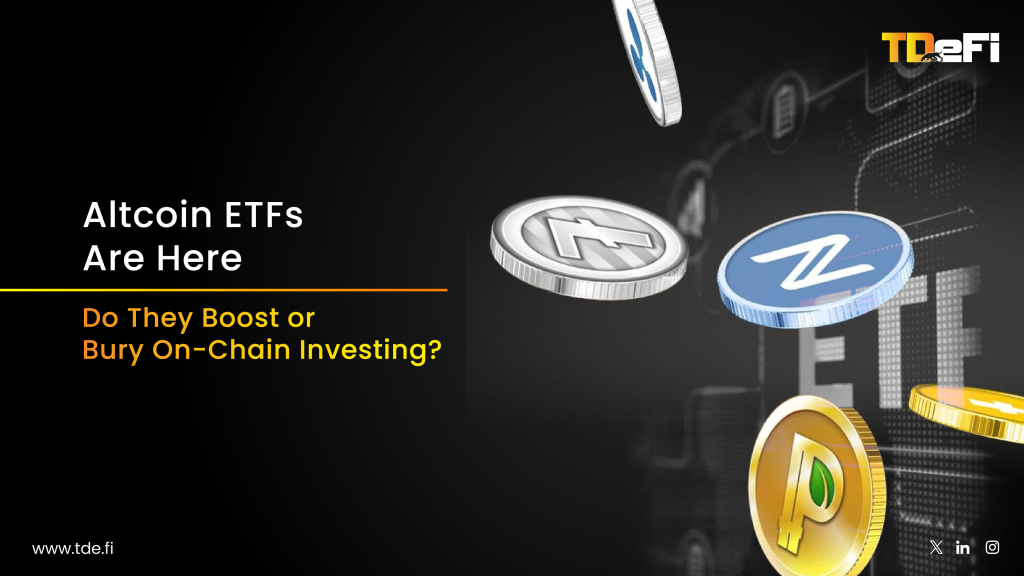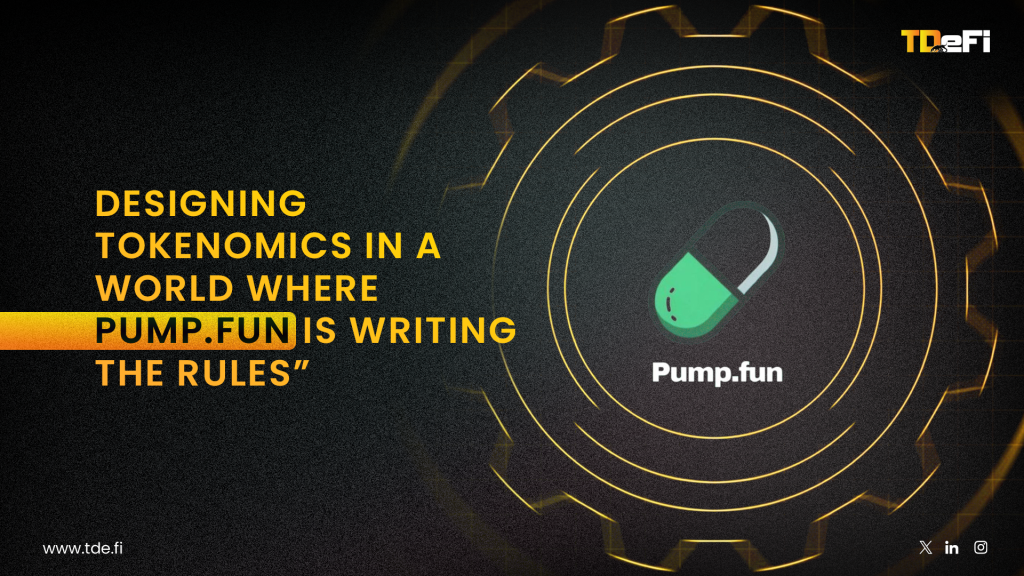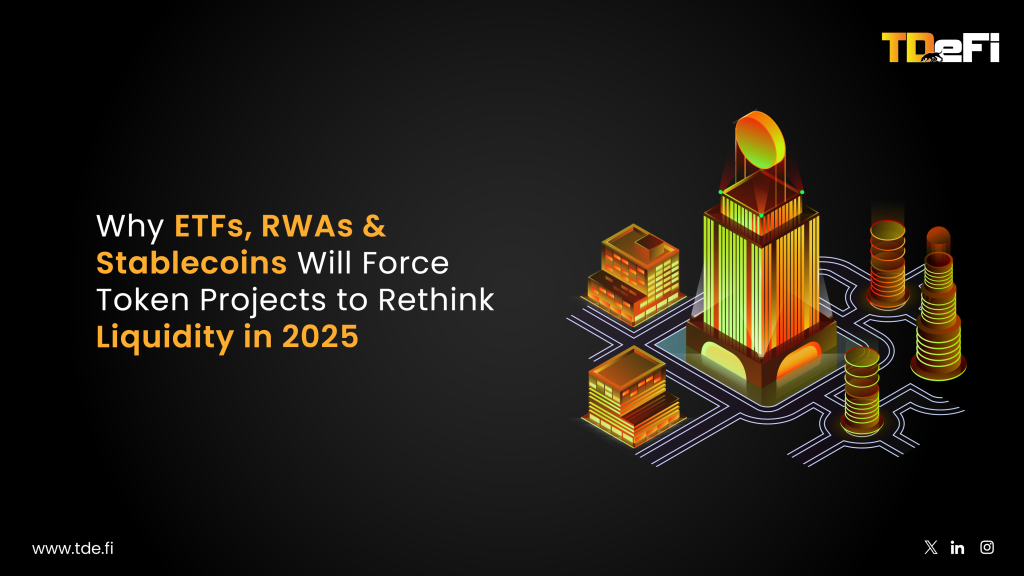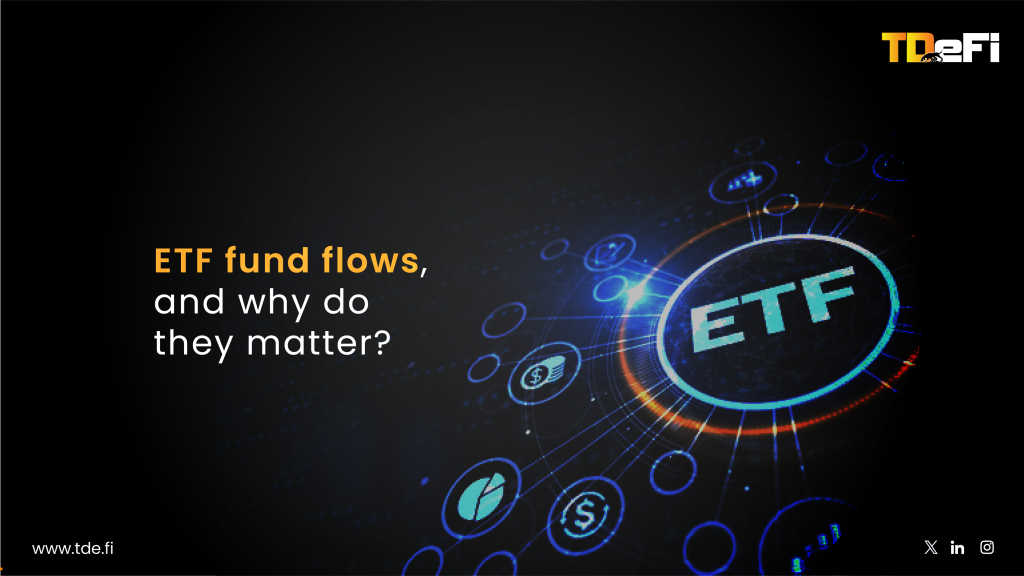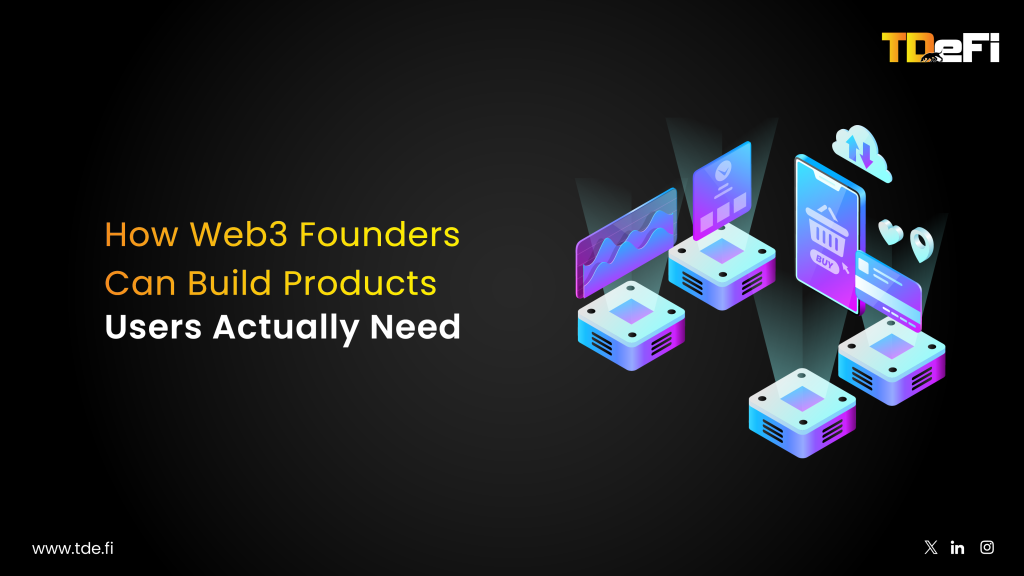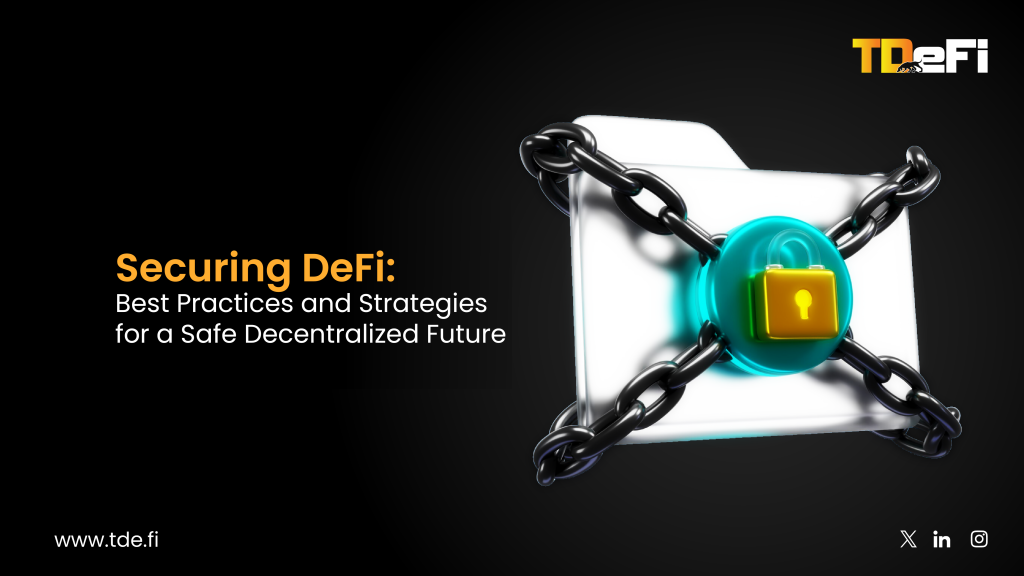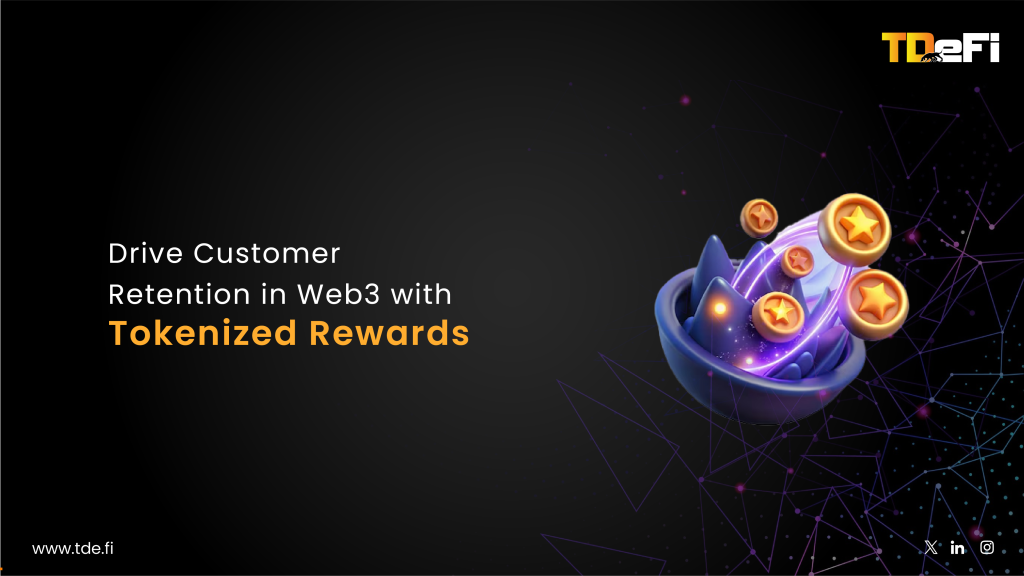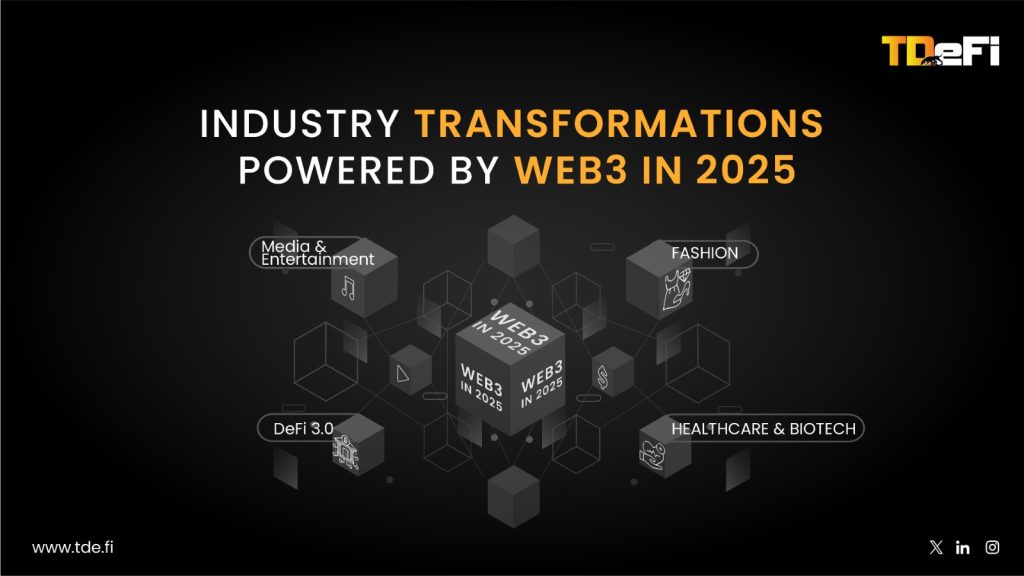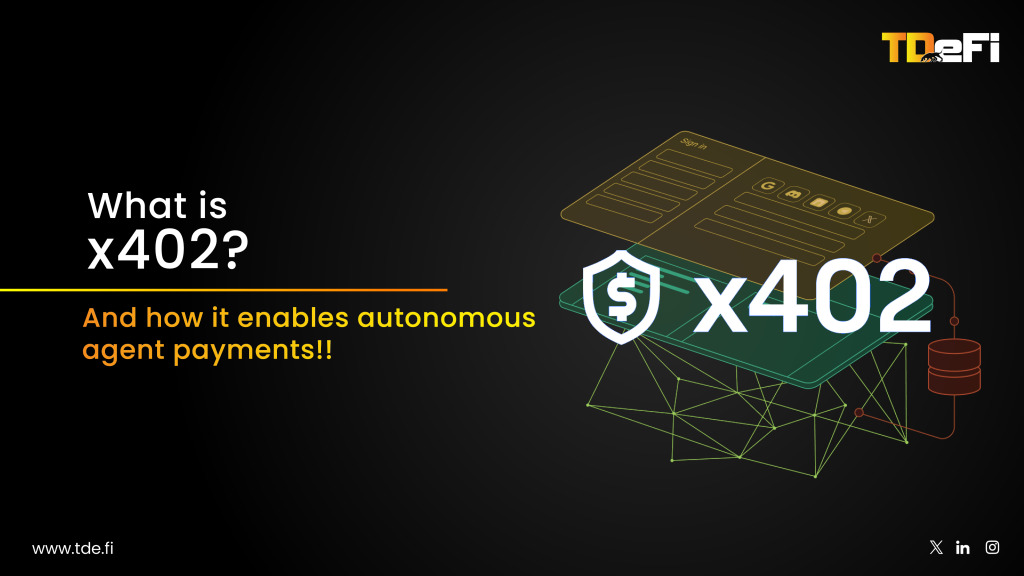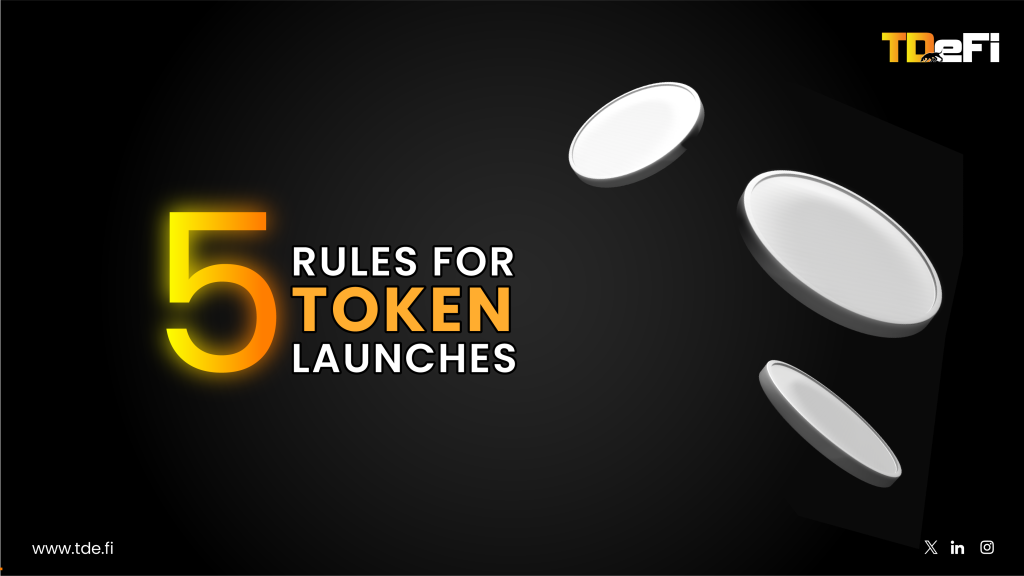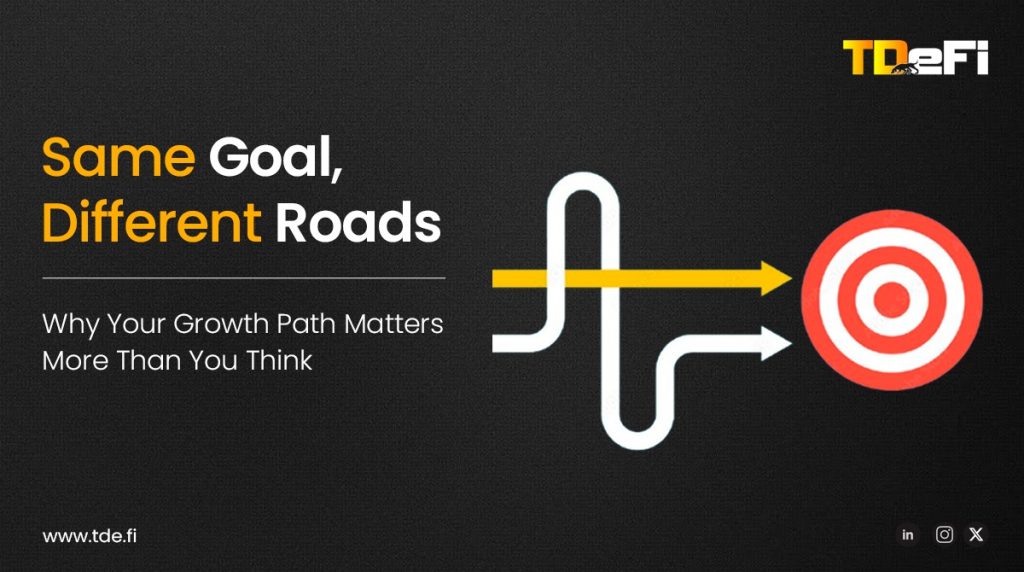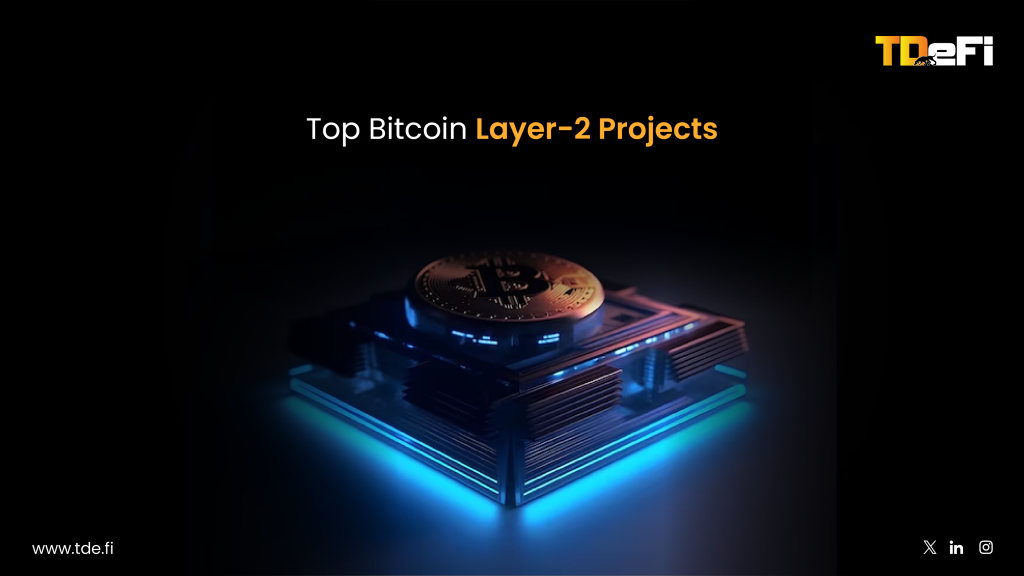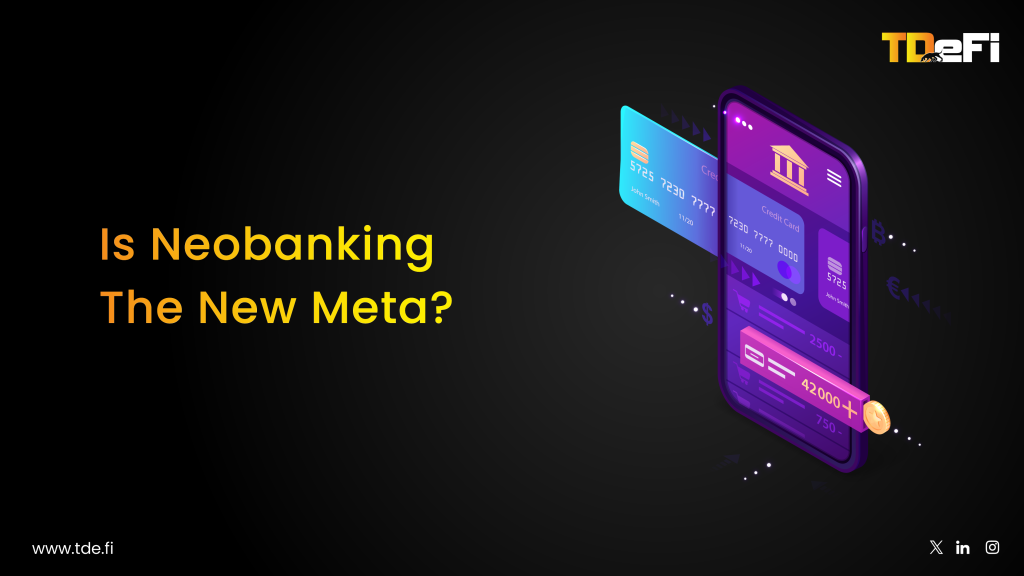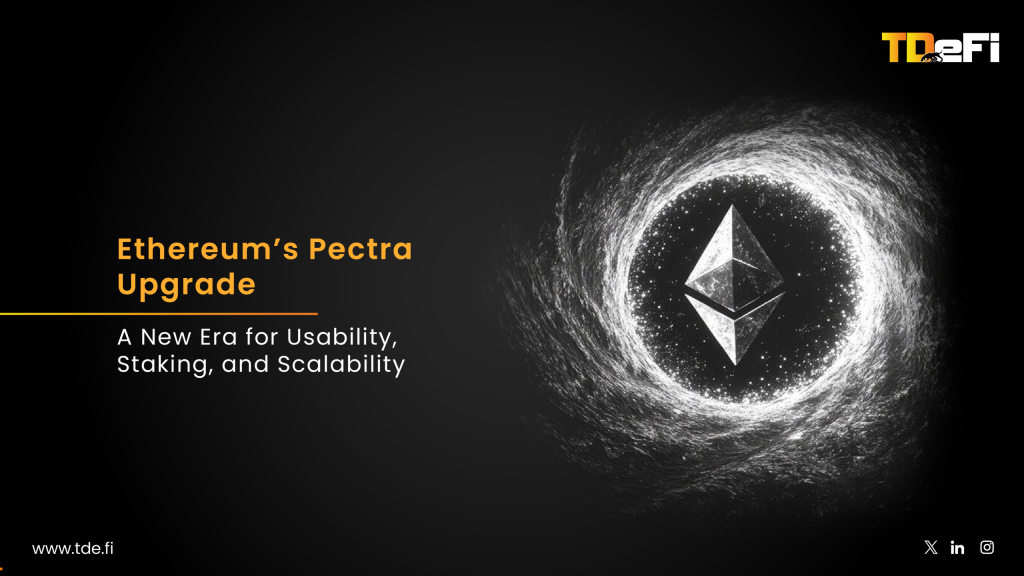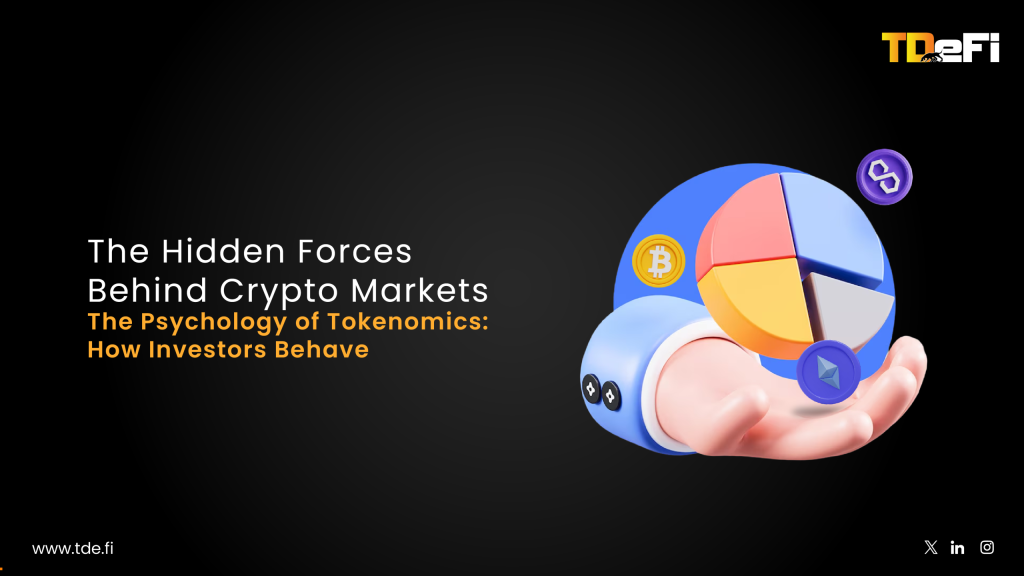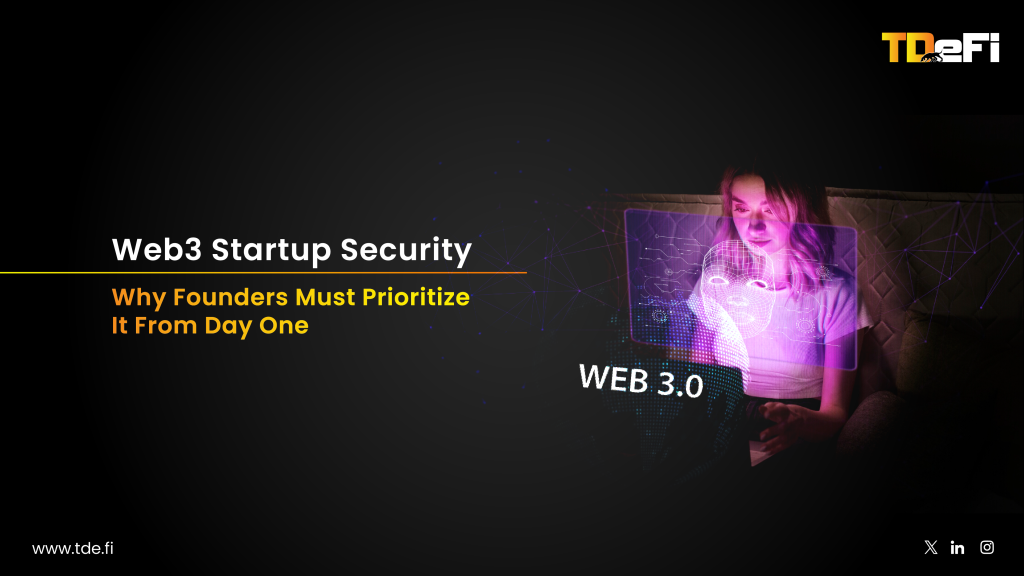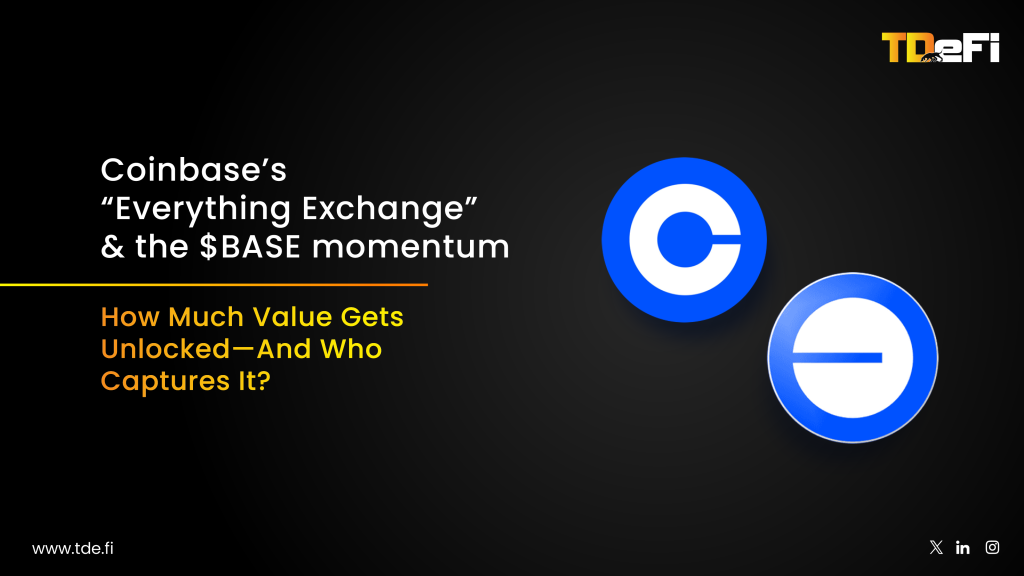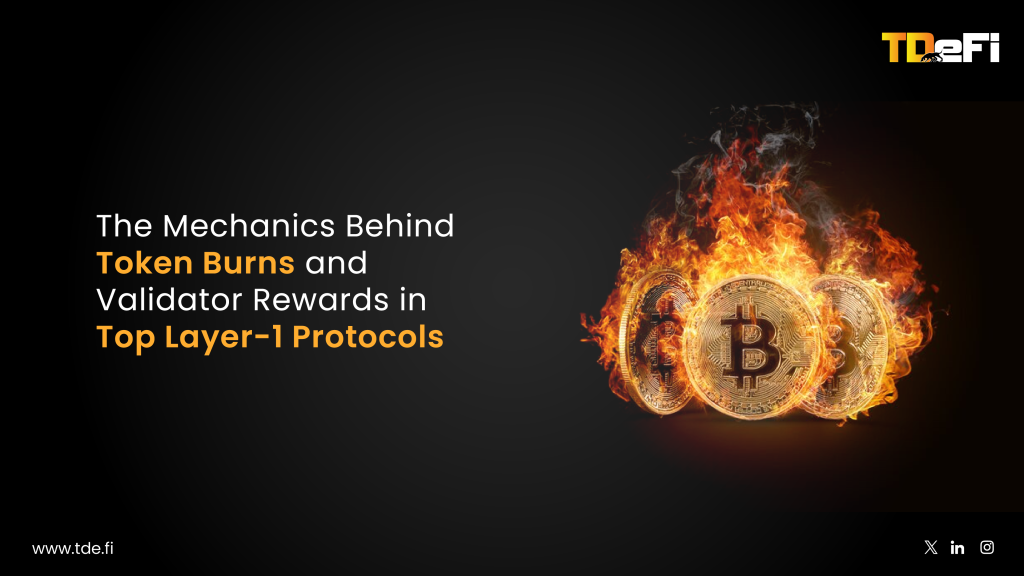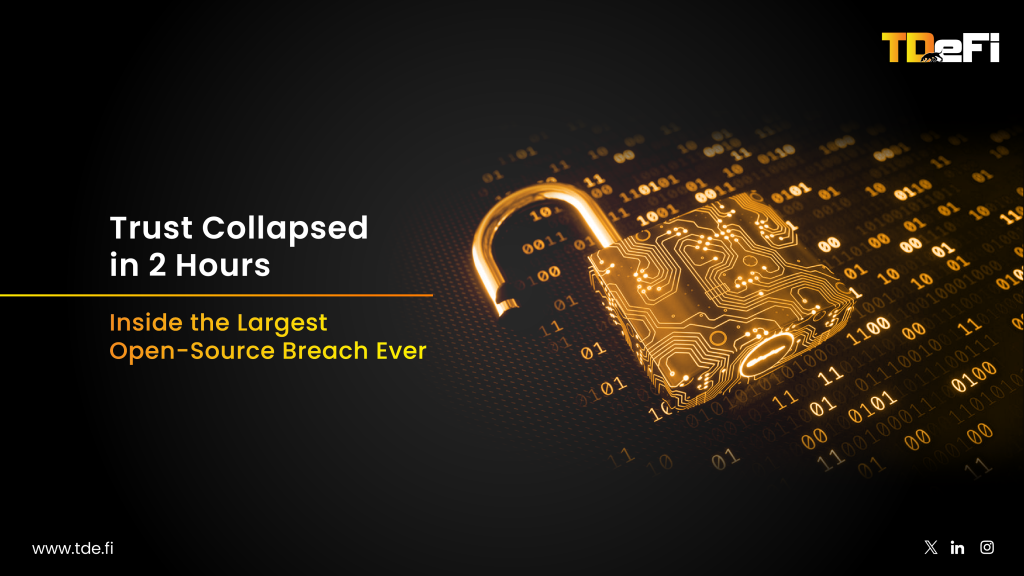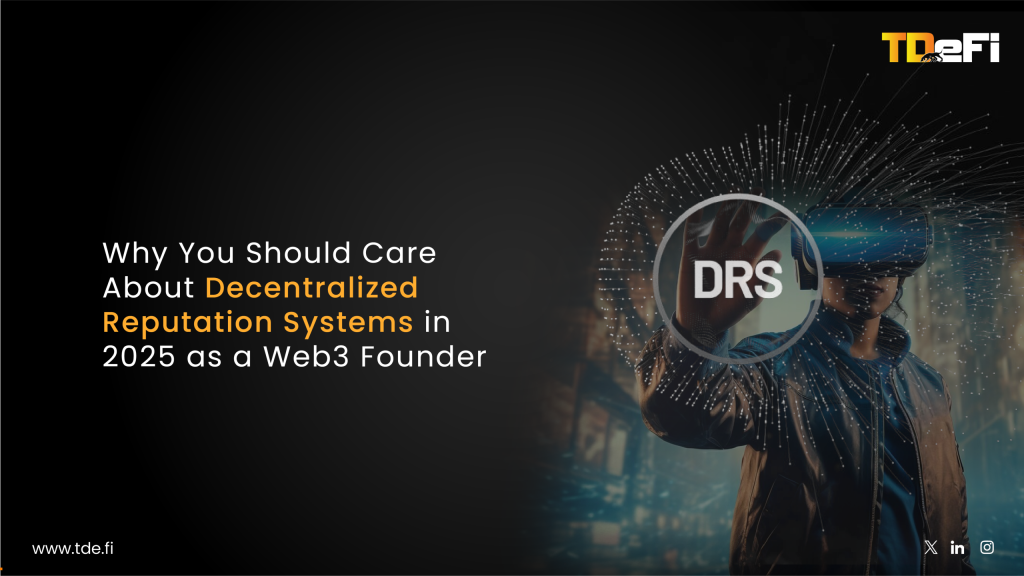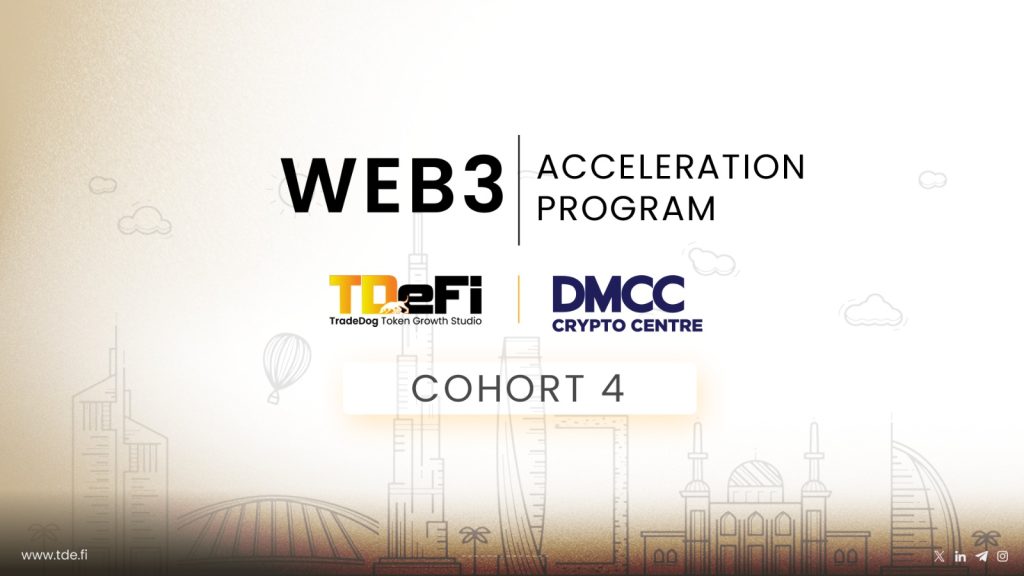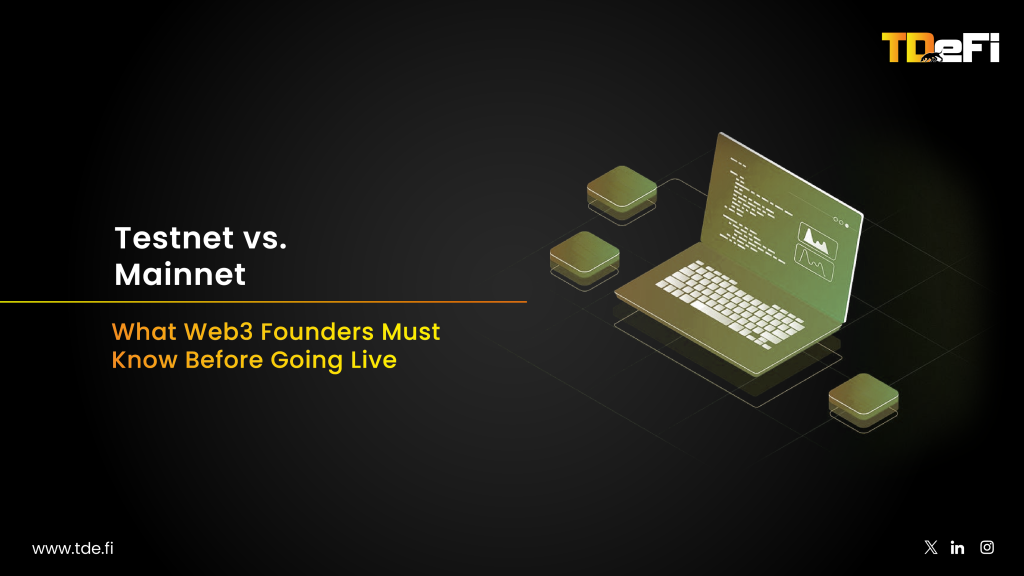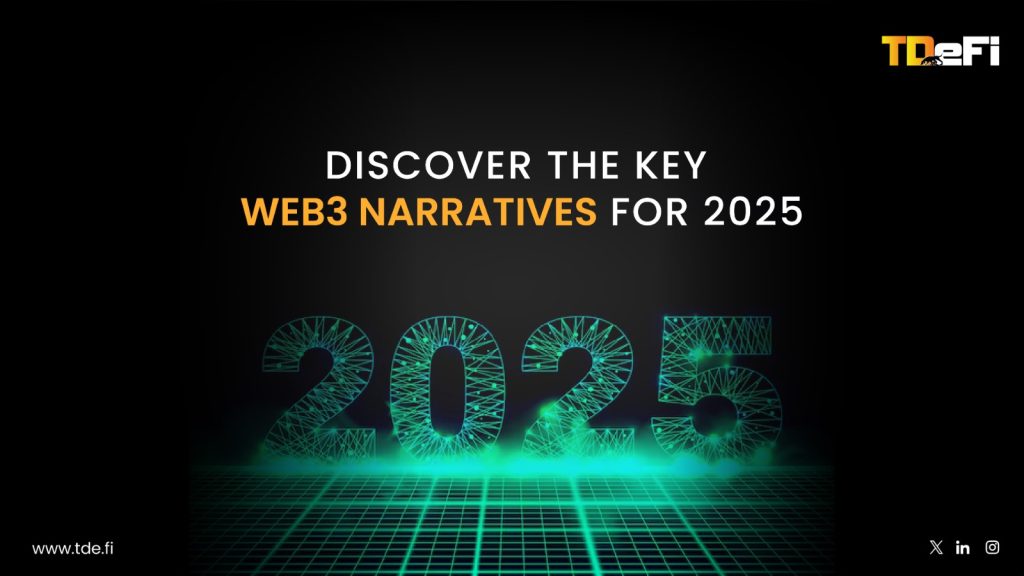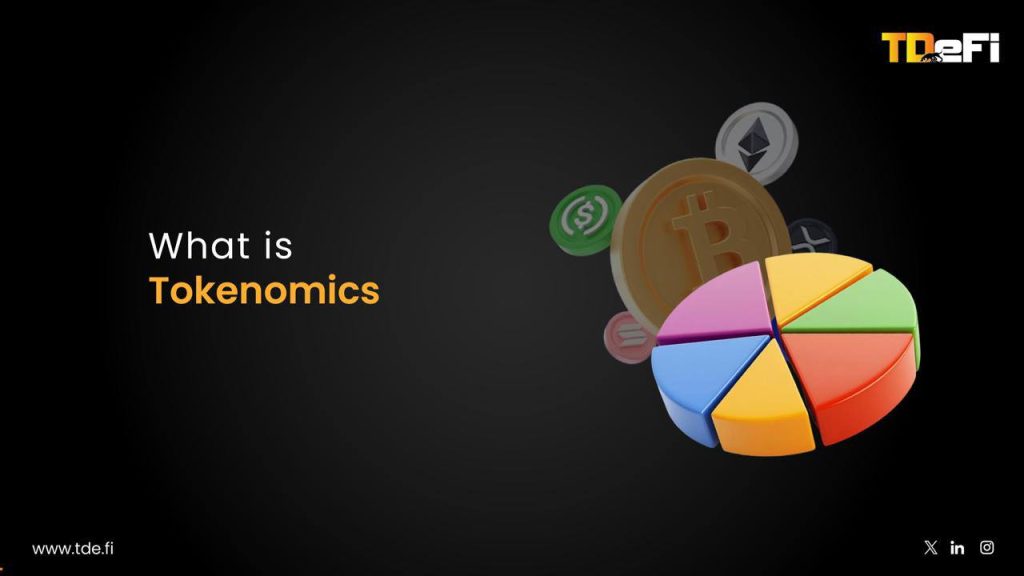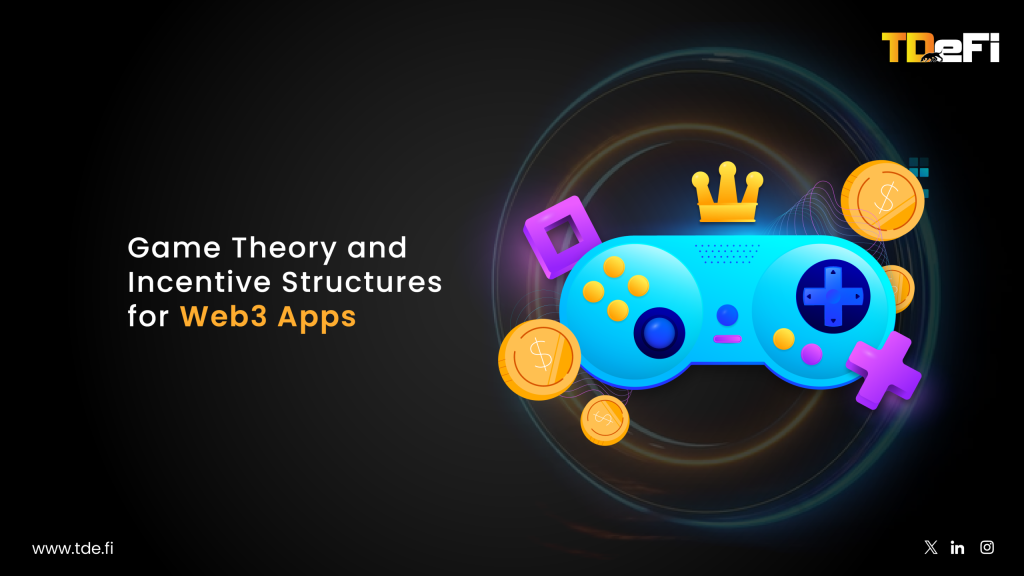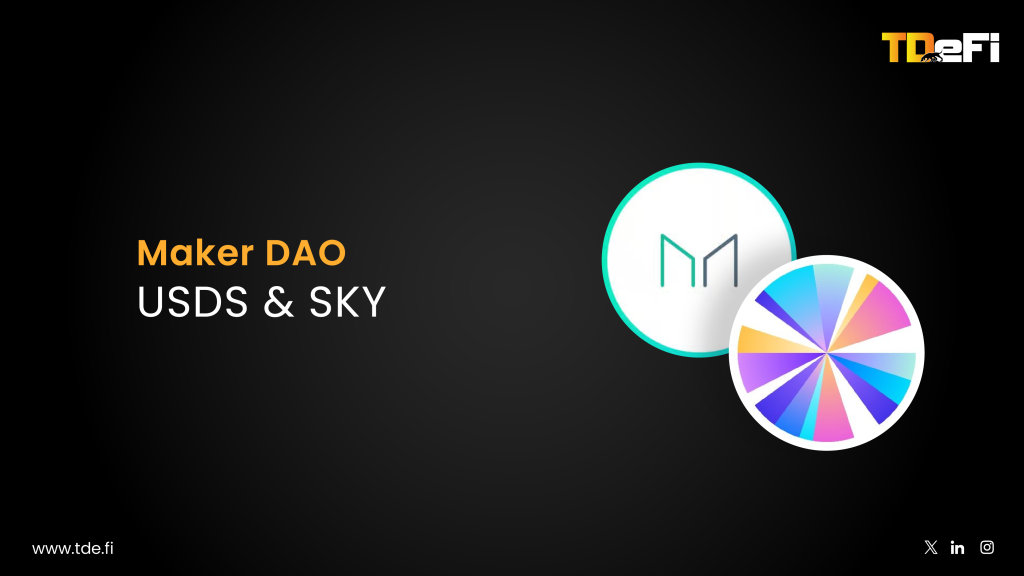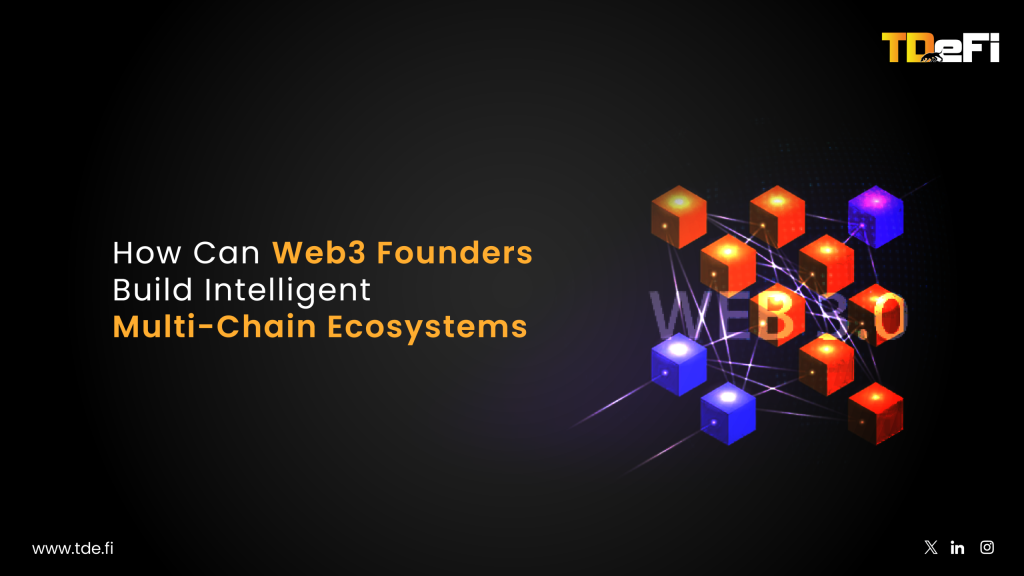Greetings, in this article we will discuss the recent advancements in Account Abstraction (AA) technology. But before diving into the updates, let’s first understand what Account Abstraction is for newcomers.
What is Account Abstraction (AA)?
In short, Account Abstraction (AA) refers to a revolutionary upgrade in blockchain technology that enables programmable, flexible, and user-friendly blockchain accounts. By combining the features of smart contract wallets and traditional Externally Owned Accounts (EOAs), AA simplifies user interactions with the blockchain, making it more accessible and intuitive for everyone. It’s a game-changer for how users interact with decentralized networks and applications.
Why is Account Abstraction Important?
The current state of blockchain usability creates a significant barrier to mass adoption. From the need to manage private keys to navigating gas fees and signing multiple transactions for every interaction, the onboarding process for new users is overwhelming.
Account Abstraction addresses these challenges by abstracting the complexity away from the user. It removes the reliance on cumbersome processes like memorizing seed phrases or holding specific tokens for gas fees, allowing for a more seamless and secure user experience. By integrating programmable smart accounts, AA paves the way for blockchain technology to reach mainstream audiences, ultimately becoming the foundation for Web3’s growth.
How Does Account Abstraction Work?
At its core, Account Abstraction allows users to create and manage smart accounts—programmable smart contract wallets that can initiate and execute transactions without the need for EOAs. These smart accounts use UserOperation objects to interact with the blockchain, enabling features like batch transactions, automatic approvals, and gas fee flexibility.
These transactions are processed through a shared alt mempool, where they are bundled by bundlers (similar to traditional blockchain nodes). Bundlers prioritize transactions based on value and execute them through a single “Entry Point,” ensuring smooth operations across the network. This seamless workflow provides users with enhanced customization, better security, and a simplified blockchain experience.
Notable Features of Account Abstraction
a) Social Logins
Gone are the days of memorizing seed phrases. AA allows users to sign in using familiar platforms like Google or Facebook, leveraging Multi-Party Computation (MPC) to ensure private keys are never stored in one place. This feature makes blockchain accessible to everyday users while maintaining robust security.
b) Two-Factor Authentication (2FA)
With AA, users can secure their accounts with an additional layer of protection, such as biometrics or phone authentication. This safeguards wallets from unauthorized access and makes self-custody more reliable.
c) Eliminating Gas Fee Barriers
- Sponsored Transactions: Smart accounts can cover transaction fees for users, allowing a more frictionless experience.
- Pay Fees in Any Token: Users can pay gas fees in the token they’re transacting with, such as USDC, instead of needing ETH.
d) Automated Transactions
AA introduces programmability to wallets, allowing for automation of recurring transactions, such as subscription payments or periodic token swaps. This enhances the functionality of blockchain accounts, bridging the gap between traditional finance and DeFi.
e) Wallet Recovery
Unlike EOAs, which rely on seed phrases, AA introduces flexible recovery options. Users can assign trusted devices, individuals, or services as guardians to recover access if credentials are lost, enhancing the overall security and usability of blockchain wallets.
f) Shared Accounts & Team Wallets
AA enables the creation of wallets with customizable access permissions. Multi-signature accounts allow transactions to require approval from multiple parties, making it ideal for shared accounts or collaborative projects.
Future Developments and Use Cases
a) Session Keys:
Traditional blockchain wallets rely on seed phrases for account access, which can lead to permanent loss if lost or stolen. AA introduces session keys, which allow users to set time or spend limits. Once these limits are reached or the session expires, wallet access is automatically revoked, providing enhanced security.
b) Web3 Auto-Bill Pay:
This feature automates blockchain payments, making manual subscription management obsolete. It addresses the issue of requiring users to initiate every transaction using their private key, enabling smoother payment processes for services and subscriptions.
Breaking the Hype: Is Account Abstraction Living Up to Its Potential?
So as said at the start “AA is poised to catalyze the mass adoption of Web3, ” does AA actually live up to hype? There are roughly ~ 1 Bn active accounts, but there are only ~ 21.66 Mn total active ERC-4337 smart accounts across all supported blockchains, including Ethereum, Polygon, Arbitrum, Optimism, Avalanche, and Base. Thus, for now we can say that, while the concept of Account Abstraction wallets is gaining traction, adoption right now is little, however the scope for expansion is huge and will depend on scalability solutions like Polygon, Optimism, and Arbitrum, which have millions of active users. Features such gas sponsorship and flexible account management could be the use cases that drive adoption.



